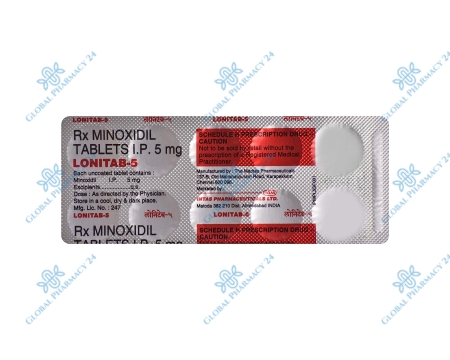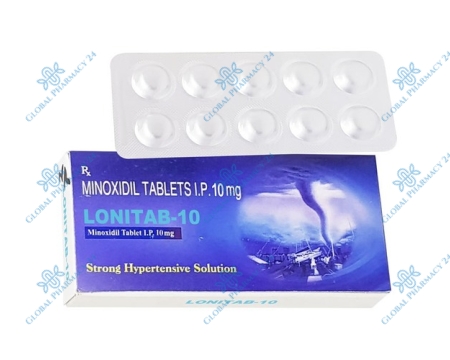| Characteristic | Detail |
|---|---|
| Active Ingredient | Minoxidil |
| Indications | Hypertension, Hair Loss |
| Dosage Form | Tablet |
| Strengths | 2.5mg, 10mg |
| Duration of Effect | 24 Hours |
| Common Side Effects | Headache, Dizziness, Excessive Hair Growth |
Lonitab: A Glimpse into the Future
Lonitab, known for its active ingredient Minoxidil, has historically been used in the treatment of hypertension and hair loss. Its unique mechanism of action, which involves opening potassium channels and thereby relaxing vascular smooth muscles, has made it a subject of interest for ongoing research and potential new applications. This exploration aims to discover additional therapeutic benefits, potentially expanding its use beyond its current indications.
The future of Lonitab appears promising as researchers continue to investigate its efficacy and safety in different contexts. Advances in pharmaceutical technology and drug delivery systems may enhance Lonitab's bioavailability and effectiveness, offering a more tailored and patient-friendly approach to treatment. The exploration of Lonitab's full potential could significantly impact how certain conditions are managed, positioning it as a versatile medication in future healthcare scenarios.
Ongoing Research and Potential New Applications
Recent studies have begun to shed light on the untapped potential of Lonitab in treating conditions beyond hypertension and hair loss. Investigations into its anti-fibrotic properties, for example, suggest a possible role in treating fibrosis-related diseases, such as liver cirrhosis and kidney disease. This ongoing research not only highlights the versatility of Lonitab but also underscores the importance of continuous innovation in drug development. The possibility of new applications for Lonitab represents an exciting frontier in the field of medicine, promising to expand its therapeutic reach and improve patient outcomes.
The Impact of Lonitab on Future Healthcare
The potential expansion of Lonitab's indications could have a profound impact on future healthcare practices. By offering new treatment options for a broader range of conditions, Lonitab may help to fill therapeutic gaps and provide alternatives for patients who have limited treatment choices. This could lead to significant improvements in quality of life and long-term health outcomes. Moreover, the integration of Lonitab into new therapeutic areas underscores the evolving nature of medical treatment and the need for a dynamic approach to healthcare, where innovation and patient care go hand in hand.
FAQs Lonitab
1. What is Lonitab?
Lonitab is a medication used to treat high blood pressure (hypertension). It belongs to a class of drugs known as calcium channel blockers.
2. How does Lonitab work?
Lonitab works by relaxing blood vessels, which allows blood to flow more easily. This helps to lower blood pressure and improve blood flow.
3. What are the common side effects of Lonitab?
Common side effects of Lonitab may include dizziness, headache, fatigue, nausea, and flushing. It's important to consult your doctor if you experience any side effects.
4. How should I take Lonitab?
Lonitab should be taken exactly as prescribed by your doctor. It is usually taken orally, with or without food. Follow your doctor's instructions carefully.
5. Can Lonitab be taken with other medications?
Before taking Lonitab, inform your doctor about all other medications you are taking, including prescription drugs, over-the-counter medicines, and herbal supplements. Some medications may interact with Lonitab.
6. Is Lonitab safe for pregnant women?
It is important to consult your doctor before taking Lonitab if you are pregnant or planning to become pregnant. Your doctor will weigh the potential risks and benefits before prescribing Lonitab during pregnancy.

























